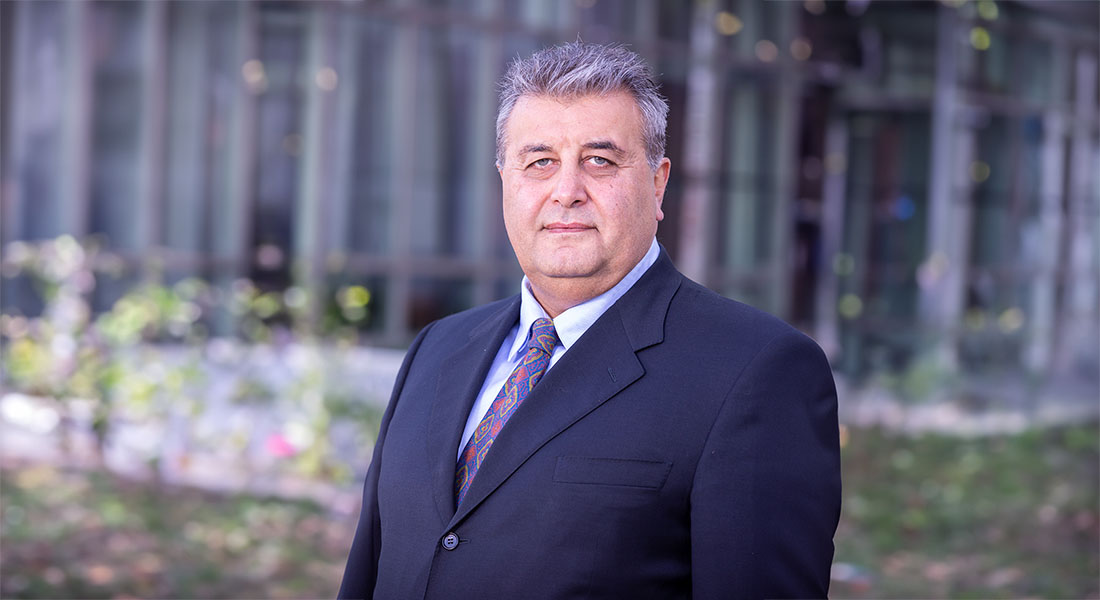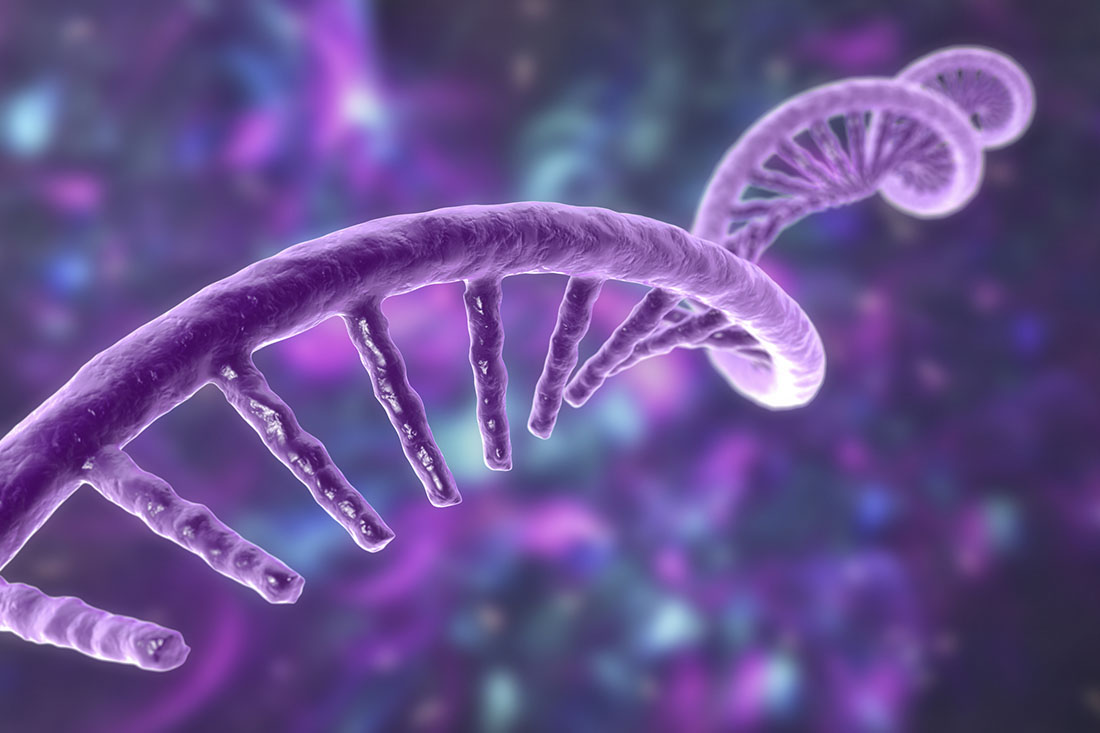Share
Summary
- Researchers at Sylvester Comprehensive Cancer Center are using a new RNA sequencing technology to uncover molecular drivers of cellular differentiation that could lead to better regenerative therapies.
- In one study, the team used Rapid Precision Run-On Sequencing (rPRO-seq) to analyze the role of a protein complex called Integrator in regulating gene expression.
- The researchers also used rPRO-seq to study the role that INTS11 plays in stem cells’ ability to differentiate into any kind of cell in the body.
In two published papers, researchers at Sylvester Comprehensive Cancer Center, part of the University of Miami Miller School of Medicine, documented their use of a new RNA sequencing technology to uncover molecular drivers of cellular differentiation that could lead to better regenerative therapies. In addition to being used in the lab, the technique, Rapid Precision Run-On Sequencing (rPRO-seq), has the potential to help doctors understand patients’ disease states and response to treatment in real time.
“We saw a major bottleneck in the field of nascent RNA profiling,” said Pradeep Kumar Reddy Cingaram, Ph.D., an assistant scientist at the Sylvester and first author on one of the papers. “Existing methods, while powerful, are simply too slow and require large amounts of biological material. Imagine needing tens of millions of cells and several days just to get started. That immediately ruled out crucial research on rare cell types or precious patient biopsies.”
Both papers were published in Molecular Cell. The first paper was published on July 24, and the second on August 7.
Testing rPRO-Seq
In the first study, the team used rPRO-seq to study the role of a protein complex called Integrator in regulating gene expression, which was previously untraceable with nascent RNA sequencing.
“INTS11, the catalytic subunit of the Integrator complex, was a compelling choice for us because we already knew it was a key player in gene regulation,” said Dr. Cingaram.
Using cellular reprogramming models to induce neuronal differentiation, they found that when INTS11 was removed from neuronal cells, gene activity tied to brain development changed dramatically. Genes that needed to be active in order to prevent neurodevelopmental and psychiatric disorders were deactivated when the scientists removed INTS11.

“rPRO-seq allowed us to pinpoint a critical role for the INTS11 protein as a regulator of genes involved in neurodevelopmental disorders in neuronal cells,” said Ramin Shiekhattar, Ph.D., senior author on both of the studies, co-leader of the Cancer Epigenetics Program at Sylvester, chief of the Division of Cancer Genomics and Epigenomics and the Eugenia J. Dodson Chair in Cancer Research.
The technique only required 12 hours and 5,000 cells. Existing technologies needed several days and millions of cells. Additionally, the scientists emphasize that rPRO-seq allowed them to understand not just when genes were turned on and off, but how.
“That is, rPRO-seq allows mechanistic understanding of gene expression changes,” said Dr. Shiekhattar, also a professor in the Dr. John T. Macdonald Foundation Department of Human Genetics at the Miller School.
“Standard RNA sequencing looks at ‘steady-state’ RNA – the accumulation of what’s been made. It’s like seeing how many cars are on the road. But rPRO-seq reveals ‘nascent’ RNA – what’s being made right now. It’s like watching cars leave the factory. This gives us crucial, real-time insights into active gene transcription,” said Dr. Cingaram.
INTS11 in Regenerative Medicine
Next, the team used rPRO-seq to study the role that INTS11 plays in stem cells’ ability to differentiate into any kind of cell in the body (pluripotency). They found that the protein began playing a critical role in gene regulation as early as day two of embryonic development.
“This greatly expands our understanding of how pluripotency and differentiation are harmonized at the molecular level,” said Dr. Shiekhattar.
Using a lab model, they found that the Integrator complex binds and regulates critical genes for stem cell identity essential for maintaining pluripotency.
“The work is paradigm shifting, as it places the Integrator complex at the earliest steps in transcriptional cycle, known as initiation, compelling a revision of current theories for transcriptional initiation,” said Dr. Shiekhattar.
While both findings regarding the role of INTS11 in early development are major steps in understanding cellular differentiation, the scientists point out that the rPRO-seq could be used for many more research and clinical purposes. Sampling a tumor to see how it’s responding to therapy is one potential application.
“We’re keen to apply rPRO-seq to a wider array of human clinical samples. This would allow us to validate its utility as a diagnostic or prognostic tool and potentially uncover novel, unstable RNA biomarkers that are currently invisible to existing technologies,” said Dr. Cingaram.
“Overall, rPRO-seq could emerge as a valuable tool for both research and clinical settings, expanding the scope of transcriptomic analyses and enabling more precise, individualized health care,” added Dr. Shiekhattar.
The work on the two studies was the result of a multidisciplinary collaboration between Dr. Shiekhattar and:
• Lluis Morey, Ph.D., a Sylvester researcher and associate professor in the Dr. John T. Macdonald Foundation Department of Human Genetics
• Danny Reinberg, Ph.D., Sylvester researcher and distinguished professor in the Dr. John T. MacDonald Department of Human Genetics
• Daniel Bilbao Cortes, Ph.D., M.B.A., director of the cancer modeling shared resource at Sylvester and an associate professor of pathology and laboratory medicine at the Miller School
• Xiangxi Xu, Ph.D., a professor of radiation oncology at the Miller School, who worked on the preclinical models
• Derek Dykxhoorn, Ph.D., professor in the Dr. John T. Macdonald Foundation Department of Human Genetics
• Colleagues at Northwestern University.
Tags: cancer epigenetics, Cancer Epigenetics Research Program, cancer research, Dr. Daniel Bilbao Cortes, Dr. Danny Reinberg, Dr. Derek Dykxhoorn, Dr. Lluis Morey, Dr. Pradeep Kumar Reddy Cingaram, Dr. Ramin Shiekhattar, Dr. Xiangxi Xu, epigenetics
